Reactions of Aromatic Compounds
Missing Inorganic Reagents
You may use these summaries and problems but you may NOT download them for use at another site, nor may you charge for access to them: they are the property of the authors and Towson University.
Copyright Linda M. Sweeting 1998
These problems are organized by chapter number, with the lowest chapter number first (the references will give you a hint as to whether you have learned about a reaction yet, and provide you a source of information if you don't understand). You cannot put the answer into the computer yourself, so keep paper and pencil handy. After you have proposed a compound, click with the left mouse button on the simulated button that says "Answer" to see if you are right or not. In most cases only the alcohol and reagent are shown and you must select a non-alcohol starting material or product. In the computer solutions to the problems, only the largest organic product is shown.
Back to the Quizzes and Reaction Summaries Menu
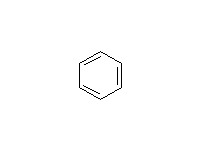

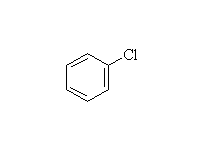
McMurry 16.1 Fessenden 11.8A, Schmid 21.5


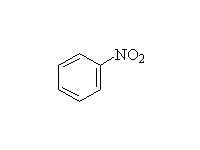
McMurry 16.2, Fessenden 11.8C, Schmid 21.6


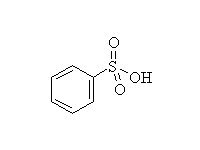
McMurry 16.3 Fessenden 11.8F, Schmid 21.7
 +
+
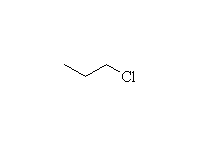

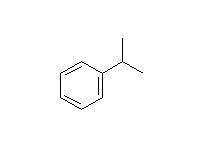
McMurry 16.3, Fessenden 11.8D, Schmid 21.8
 +
+
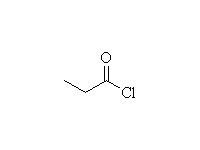

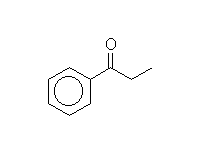
McMurry 16.4, Fessenden 11.8E, Schmid 21.9
Please note that the reactions above may take place on rings that are already substituted. The position of substitution is determined by the substituent group or groups that were initially in the molecule, not by the incoming, new substituent. Please see reactions of aromatic compounds for details of substitution patterns.
Back to the reactions menu









 +
+



 +
+


